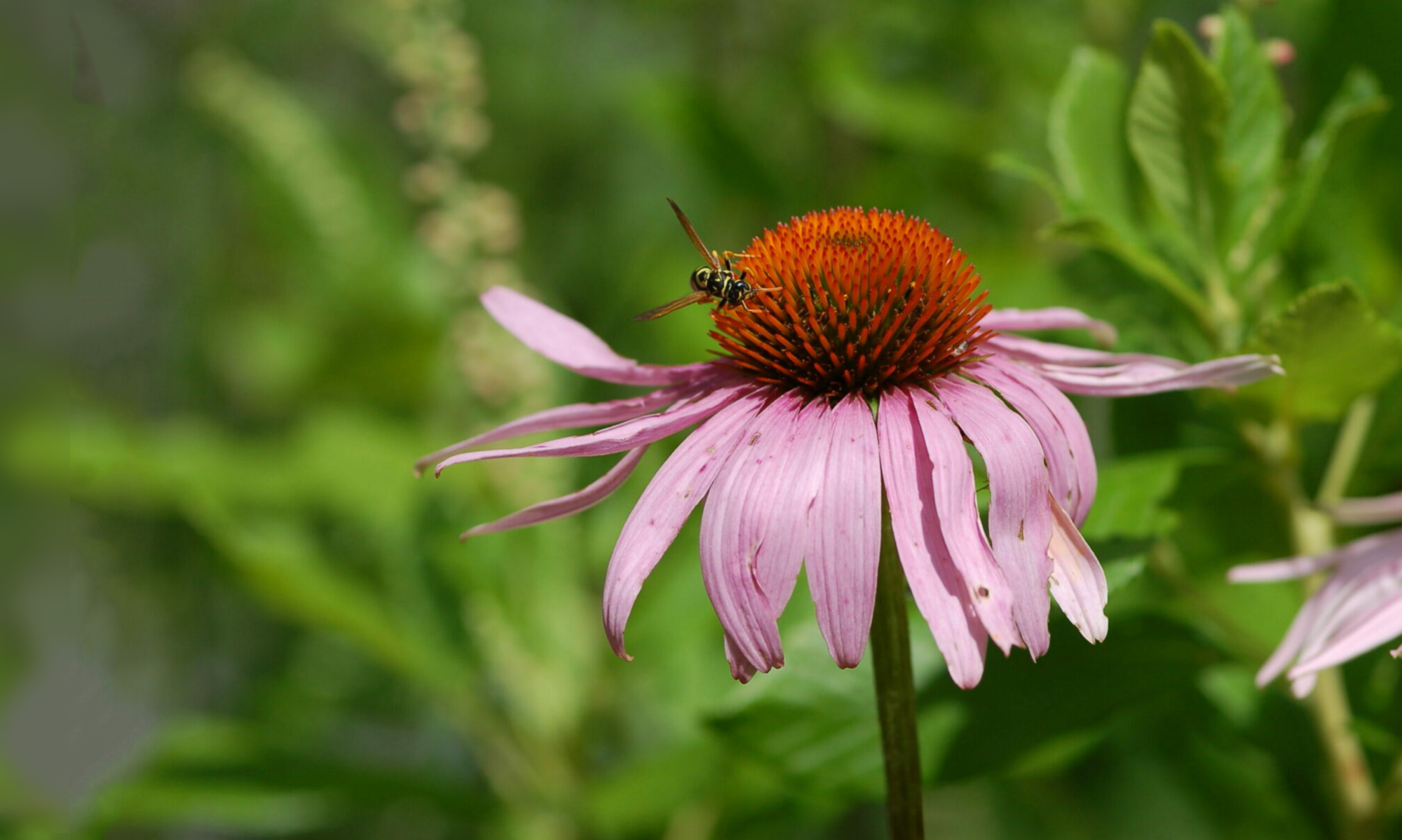
ZOMBIE MAKERS: TRUE STORIES OF NATURE’S UNDEAD
By Rebecca L. Johnson
Millbrook Press, 2013
Category: Nonfiction (Grades 5-8)
“Scientists know this for sure: dead people do not come back to life and start walking around, looking for trouble.
But are there … things … that can take over the bodies and brains of innocent creatures? Turn them into senseless slaves? Force them to create new zombies so the zombie makers can spread?
Absolutely.
And they’re closer than you think.”
Is there anything I could add to these introductory sentences from ZOMBIE MAKERS that would make you want to pick up this book more? I don’t think so. I read it alone in my office, in the wee hours, turning page after page and getting seriously creeped out (Do you know what a guinea worms is?), and yet unable to stop turning the pages. This book is disgusting and irresistible at the same time. Kids are going to eat it up.
And then they are going to want to know about this citizen science project involving zombie-making flies and honey bees. It’s called, appropriately enough, Zombee Watch. Check it out after you’ve read the book. And watch out for those … things.
For more great kids nonfiction, check out the Nonfiction Monday round-up at Instantly Interruptible. And don’t miss Laura Purdie Salas’ giveaway of one of my favorite nonfiction titles of the year. (Which title? Click over and see!)










